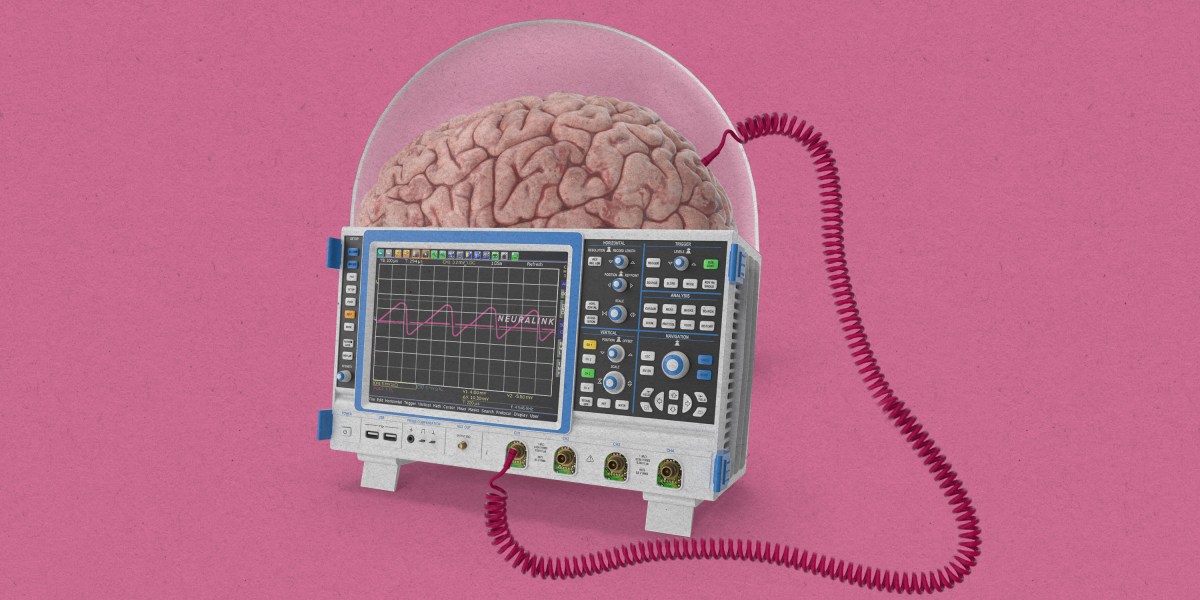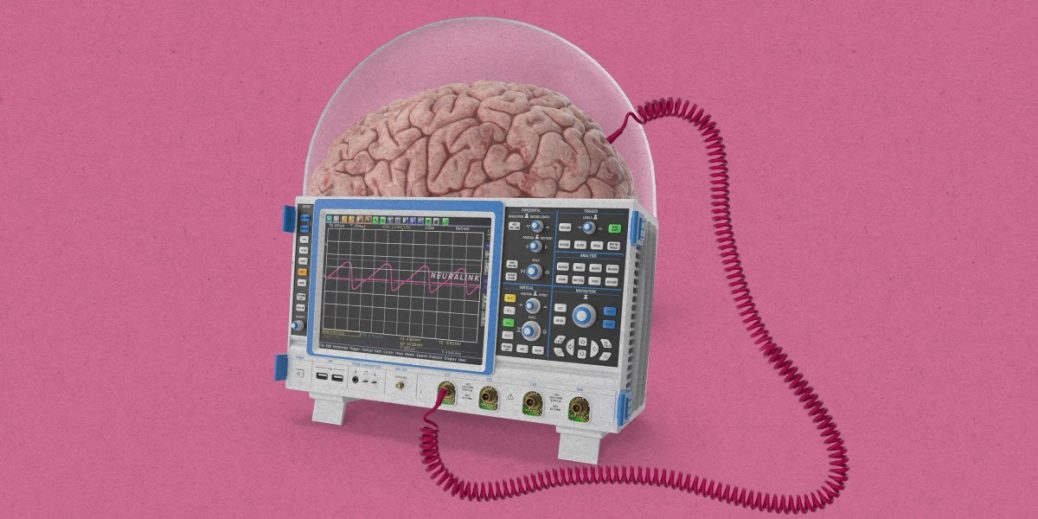
Last week, Elon Musk made the bold assertion that sticking electrodes in people’s heads is going to lead to a huge increase in the rate of data transfer out of, and into, human brains.
The occasion of Musk’s post was the announcement by Neuralink, his brain-computer interface company, that it was officially seeking the first volunteer to receive an implant that contains more than twice the number of electrodes than previous versions to collect more data from more nerve cells.
The entrepreneur mentioned a long-term goal of vastly increasing “bandwidth” between people, or people and machines, by a factor of 1,000 or more. But what does he mean, and is it even possible? Read the full story.
—Antonio Regalado
This story is from The Checkup, MIT Technology Review’s weekly biotech newsletter. Sign up to receive it in your inbox every Thursday.
Everything you need to know about artificial wombs
Earlier this month, US Food and Drug Administration advisors met to discuss how to move research on artificial wombs from animals into humans.
These medical devices are designed to give extremely premature infants a bit more time to develop in a womb-like environment before entering the outside world. They have been tested with hundreds of lambs (and some piglets), but animal models can’t fully predict how the technology will work for humans.





Recent Comments